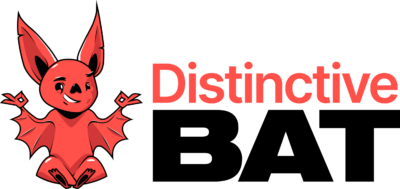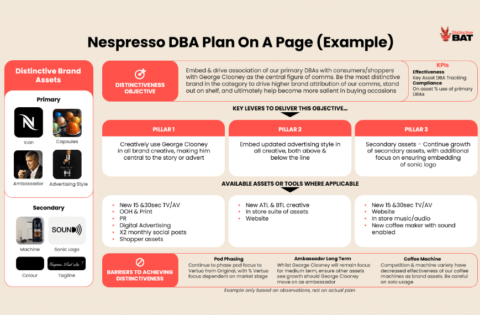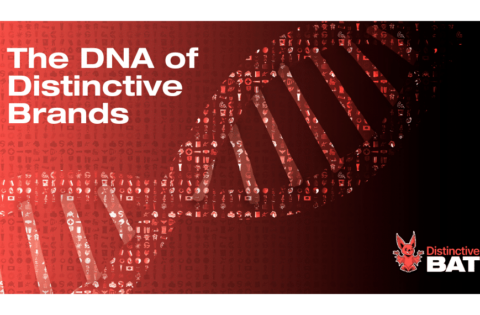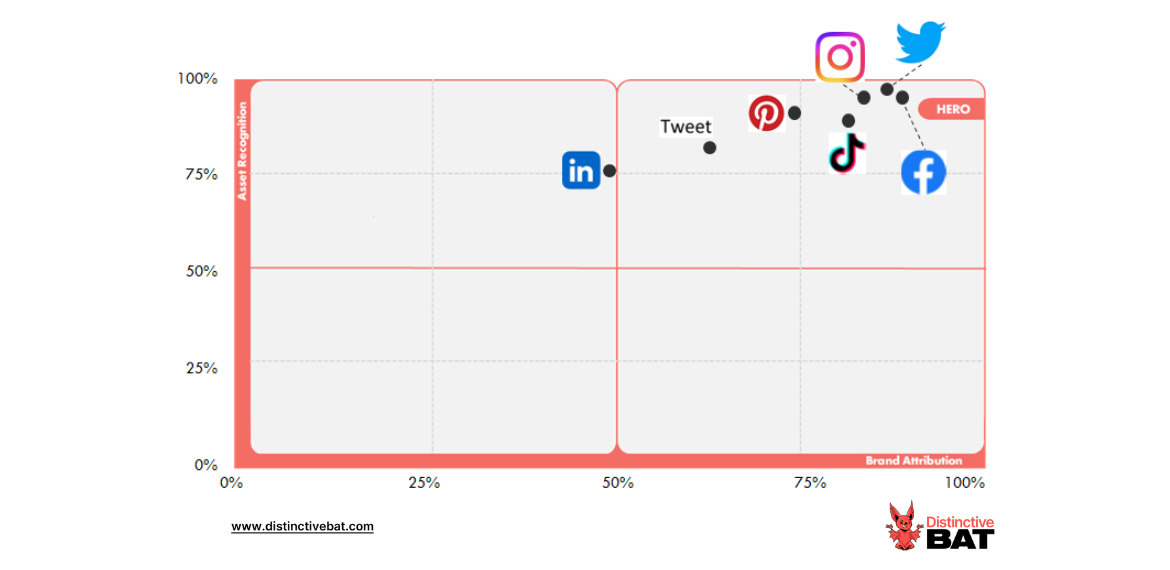
How To Lose Brand Equity And Alienate People
How To Lose Brand Equity And Alienate People
You’ve got to give it to Musk, he’s managed to do something very rare: unite the marketing community. Much has already been said and written about why this is a bonkers move (12 reasons why Twitter’s rebrand to X is a mistake), so we wanted to visualise this with some data points. In one big swoop, Musk has dumped all of the brand equity built up in Twitter. From a distinctiveness perspective, he has lost a number of strong Distinctive Brand Assets which helped the brand to stand out online, offline and on your phone. These assets are critical in ensuring any piece of advertising or communications is strongly branded and correctly attributed.
In the below Distinctive Brand Asset grid*, we can see the strength of some of these assets. The Twitter icon/logo has near 100% recognition amongst an audience of digital users, with 85% of respondents able to correctly attribute this to Twitter. This is pretty much as good as it gets. Meanwhile, even the word “Tweet” which saw very strong results has 82% Asset Recognition and 62% Brand Attribution, yet it is now a brand asset likely to be consigned to the rubbish heap.
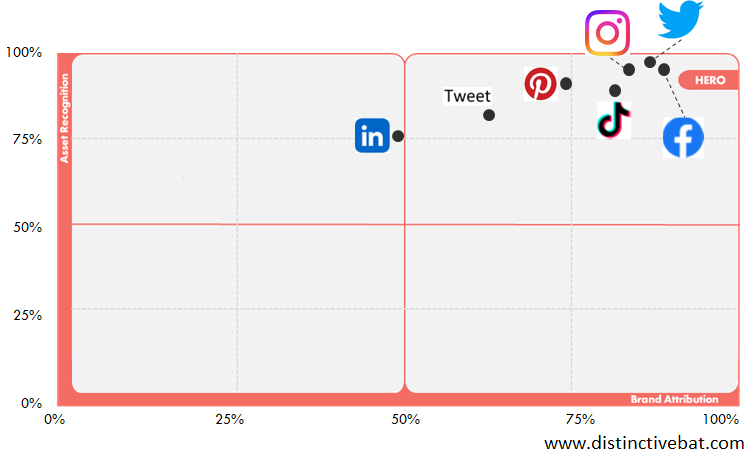
Looking at colour assets, we can see strong scores for a number of social media brands, including how much equity Twitter has in their blue colour, garnering 57% recognition and 60% Brand Attribution. This is a very strong score for a colour asset. It would appear from the new X logo that the colour blue will also be no more. A smart marketer would have at the very least kept blue as part of the new brand, definitely in the short term, but ideally for the long term.
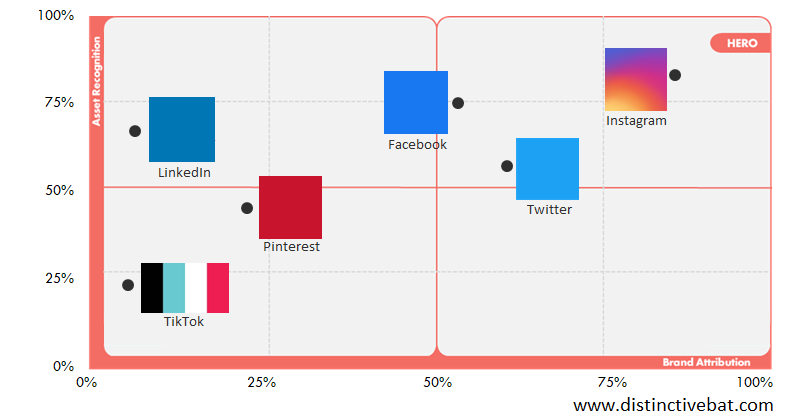
No doubt the Twitter rebrand will make for a fascinating case study in the years ahead, and who’s to say whether or not X will become what Musk envisions. In any case, from a Distinctive Brand Asset perspective, we can already take a valuable and perhaps obvious lesson. If a rebrand is really required, don’t throw the baby out with the bathwater.
If you would like help understanding how your brand assets perform, contact us here
- Survey was conducted amongst a sample of 400 18-64YO U.S. residents.
- *Plotted on a Distinctive Brand Asset grid, a version of which was originally developed by Jenni Romaniuk and the Ehrenberg Bass Institute
Have any questions on Distinctive Brand Asset Research or Tracking? Drop me a message via LinkedIn or email at hello@distinctivebat.com
Distinctive Asset Measurement: Brand Research That Provokes Action
Used by some of the world’s most distinctive & leading brands






